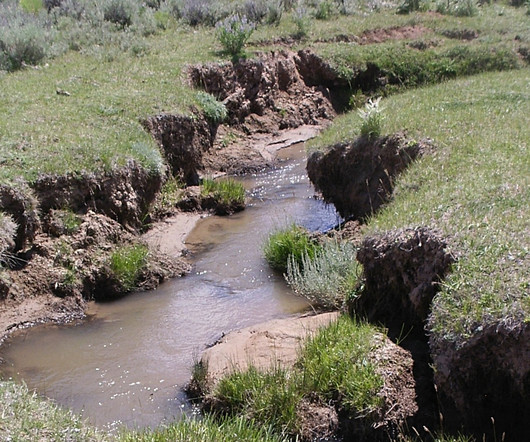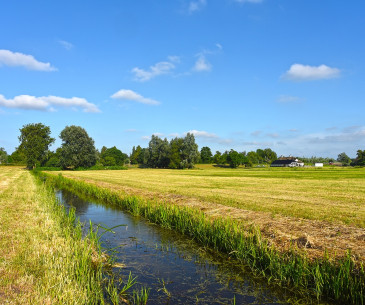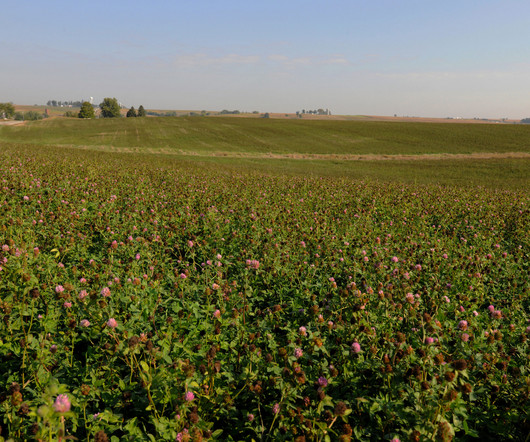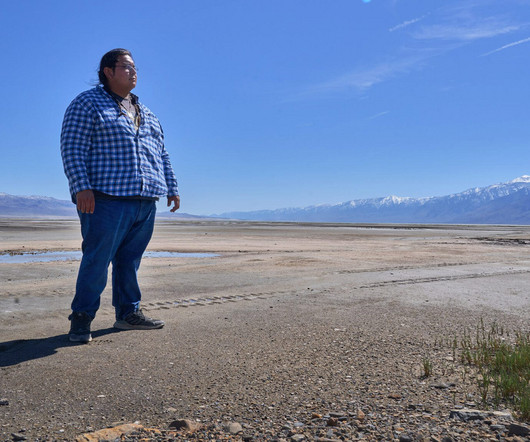Water project fosters research, collaboration
Western FarmPress
OCTOBER 12, 2023
Rancher’s study of water rights led to more constructive approach.

Western FarmPress
OCTOBER 12, 2023
Rancher’s study of water rights led to more constructive approach.

Civil Eats
NOVEMBER 6, 2024
This level of agriculture was not possible in the Imperial Valley until the construction of the Alamo Canal , also known as the Imperial Canal, in 1901, which diverted water from the Colorado River. For him, agricultural resilience in the West means less manipulation of the environment.
This site is protected by reCAPTCHA and the Google Privacy Policy and Terms of Service apply.

NASDA
JULY 2, 2024
4] 2 Waters and Water Rights § 19.04 (2019). [5] 1462, 1471 (2020). [2] 3] See Overview of Groundwater Regulation, Sea Grant Law Center, available at [link] (last visited July 1, 2024). [4] 5] Sharon B. Megdal et al., Groundwater Governance in the United States: Common Priorities and Challenges, 53 Groundwater 677, 678 (Sept.-Oct.

Civil Eats
NOVEMBER 4, 2024
But the valley’s irrigation outlook is dire: Water withdrawn by wells exceeds the amount of snowmelt refilling aquifers, and there are more claims to water rights than there is water in streams. But applying the same approach to water is tricky. The expanse is among the most densely irrigated regions on Earth.

National Sustainable Agriculture Coalition
JANUARY 17, 2024
Focus on Solutions Although there are clear, negative impacts for agriculture, the agriculture chapter effectively lays out the ways in which agriculture can respond constructively to increasing challenges. The Northern Great Plains chapter notes that current water rights laws in much of the region make adaptation especially difficult.

Food Environment and Reporting Network
MAY 16, 2024
His strategy, he believed, would help the Nüümü win back their water in one clever move—and upend California’s arcane and inequitable water rights system along the way. For the Nüümü, the water war started in the 1800s, with the arrival of white people in their homeland.
Let's personalize your content